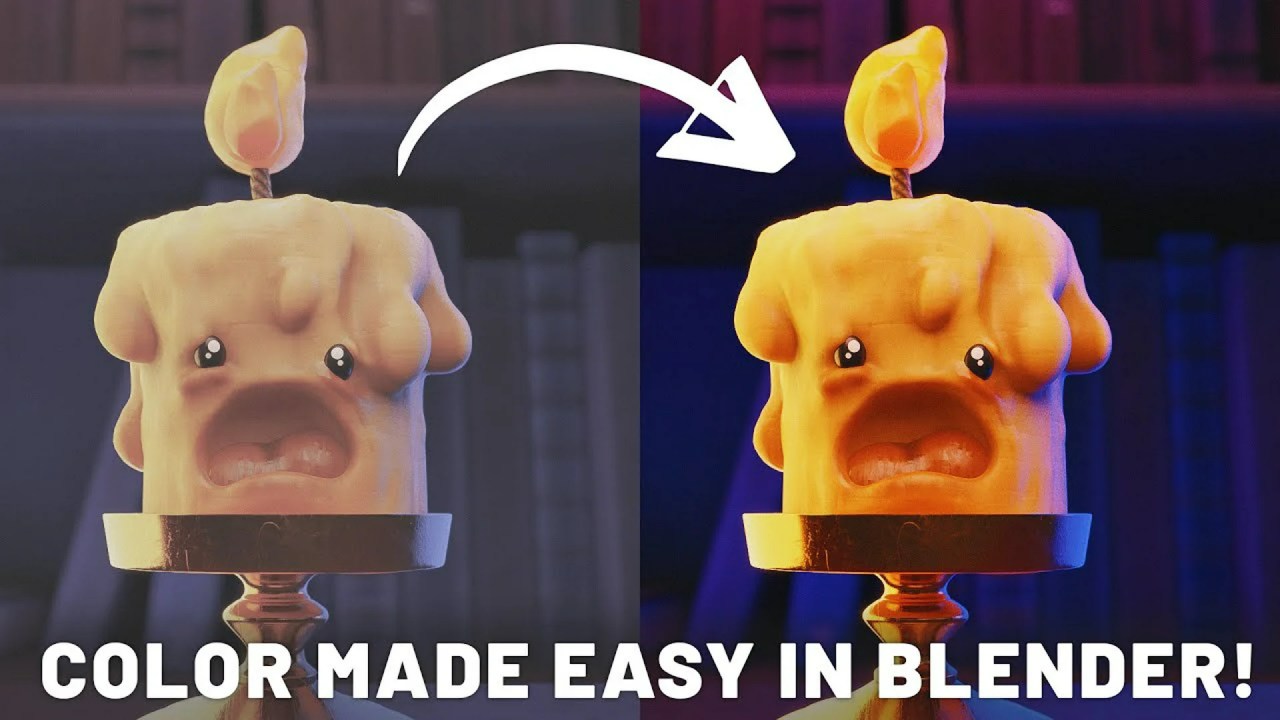Blender 5.0 brings a monumental improvement to hair curve rendering, finally enabling full Eevee support. This update eliminates performance bottlenecks and unlocks direct curve rendering, revolutionizing how artists create detailed hair and netting.
In a recent video, Bradley Animation, a well-known creator in the Blender community, dives into a significant advancement in Blender 5.0: the new hair curve rendering system. This isn’t just an incremental update; it’s a “game changer” that addresses long-standing performance and workflow issues, especially for artists working with detailed hair, carpets, or complex netting in their 3D scenes.
For years, rendering curves in Blender meant converting them into meshes, whether by beveling legacy curves or using the Curve to Mesh node in Geometry Nodes. This process, while functional, generated a massive amount of extra vertices, edges, and faces, severely impacting performance during both viewport interaction and final rendering. Bradley, who has created numerous tutorials on techniques like hairy carpets and various netting, often had to contend with these limitations.
The Evolution of Hair Curves: From 3.4 to 5.0
The foundation for this improvement was laid as early as Blender 3.4, with the introduction of a new design that combined curves and hair into a single object type. From that point on, hair essentially became a curve. The major advantage was the promise of direct curve rendering, bypassing the need for mesh conversion and its associated performance penalties. This greatly streamlined the workflow for artists, allowing for more intricate designs without bogging down their systems.
An important related point is the Set Curve Radius node. While it stopped influencing the Curve to Mesh node in Blender 4.5, it found a much more powerful role in the new hair curve system. Bradley explains that it now directly controls the rendered thickness of the curves, offering intuitive and efficient control over hair density and appearance.
Blender 5.0: The Eevee Breakthrough
Despite the new hair curve system being present since 3.4, a critical flaw prevented its widespread adoption: it worked reasonably well in Cycles but was plagued by issues in Eevee. This wasn’t just about rendering; it broke the entire solid view in the viewport, forcing users to preview their work in Cycles, which was highly impractical for dynamic animations and complex scenes. This “fatal issue” made the system almost unworkable for many. Fortunately, Blender 5.0 finally addresses this longstanding problem, with Eevee now almost fully supporting the new hair curve rendering system. This fix is a monumental step, making the new hair curve type truly functional and accessible across nearly all aspects of Blender.
The continuous development in Blender, often driven by community feedback and dedicated developers, is truly inspiring. While the transition from the old curve type to the new isn’t fully complete, the advancements in 5.0 make it a powerful tool for creators. Bradley Animation actively shares his knowledge and even provides free Geometry Nodes presets and a GitHub repository, fostering a collaborative environment for Blender users. You can also join his Discord server for discussions and questions.
The Blender 5.0 update for hair curves is a testament to the software’s ongoing evolution, promising a smoother, more efficient workflow for anyone creating intricate hair and curve-based elements. This enhancement, particularly the robust Eevee support, opens up exciting new possibilities for artists and animators.
Sources:
[Talk] New Hair Curve Rendering as a Game Changer – Blender 5.0 – Bradley Animation
Development Reference: New hair curve rendering support for EEVEE – Blender Development
Remaining Limitations: Hair curves not visible in Eevee viewport – Blender Development



